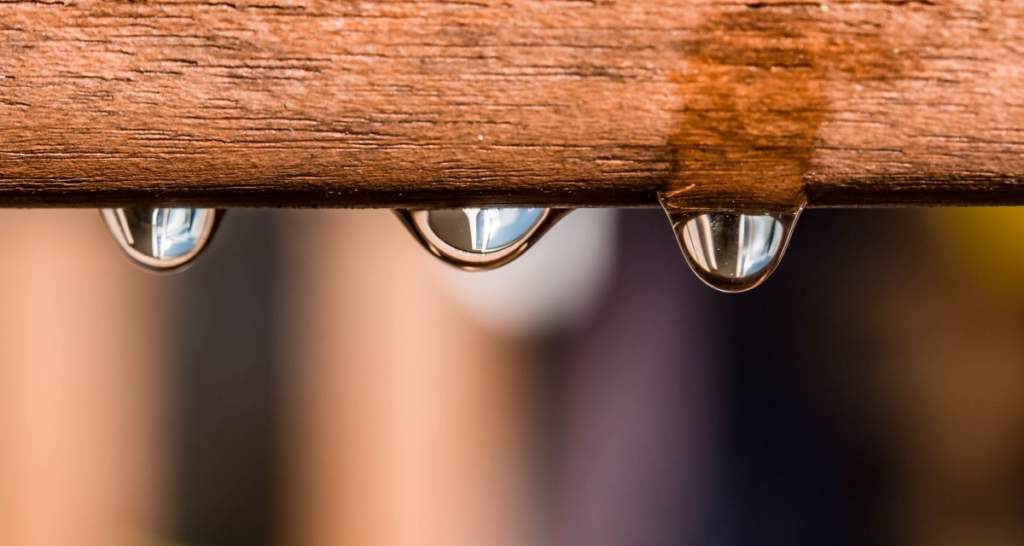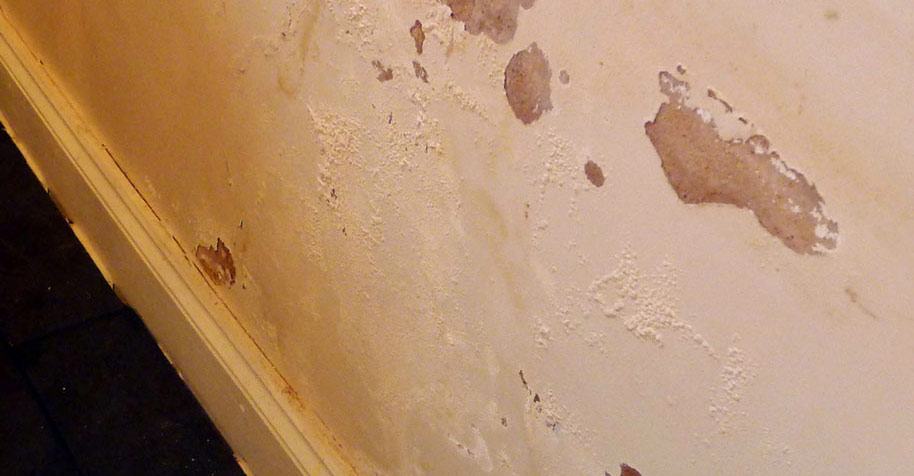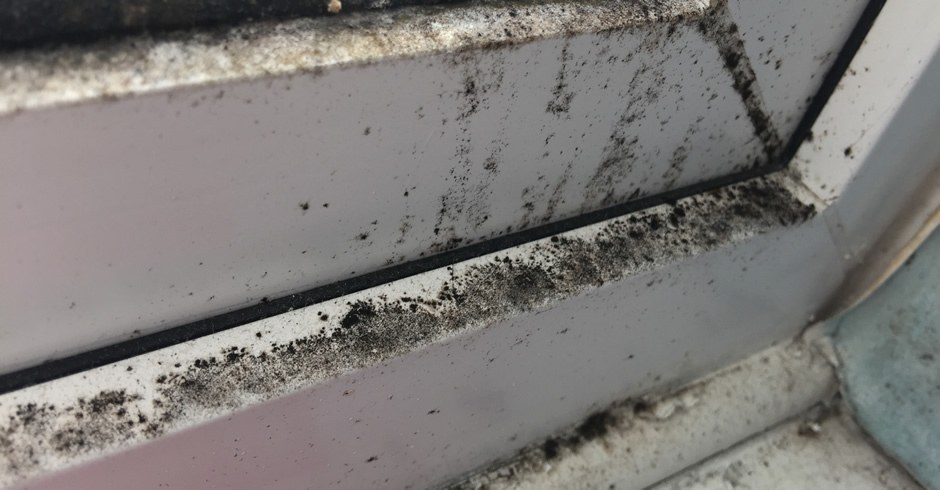Damp in older buildings is fairly common. Despite their strong walls, most were constructed without damp proof courses or felt under tiles and slates. Properties built prior to the 19th century, for example, were designed to allow moisture into a building but evaporate out again. Modern methods of damp proofing just didn’t exist as they do now.

Older properties are therefore more susceptible to penetrating damp caused by driving rain and rising damp – the symptoms for which include damaged skirting boards, rotting floorboards and peeling paint. Moisture in the air can also lead to excessive dampness in old buildings with the obvious signs of misting on windows.
Traditional properties are fundamentally different to those built today. Retrospective fitting of a damp course, for example, can cause an old building to have structural difficulties. A chemical option, which involves injecting a solution into holes at the bottom of a wall to create a waterproof barrier, may not be suitable either. Tanking might be an option for penetrating damp as a liquid chemical coating is added to wet walls but costly re-plastering would be required. Instead, there are other damp proofing options available that are more cost effective and chemical free too.

The Schrijver System, from damp specialists Frank Schrijver, is a green alternative to traditional damp proofing. It provides a natural solution to rising damp, penetrating damp and condensation. With a lifetime guarantee, there’s no mess, no redecorating or replastering with the damp control system, it’s safe for all the family.
- Work conducted outside the property – small, handmade elements are installed to all accessible external walls.
- Dry air constantly flows from outside into the elements causing a drop in temperature and creating a ‘cold bridge’. Moisture from the wall interior is deposited within the element by natural airflow.
- Achieves a lower humidity level inside the property with dry walls and works continuously at reducing moisture from the external walls.




